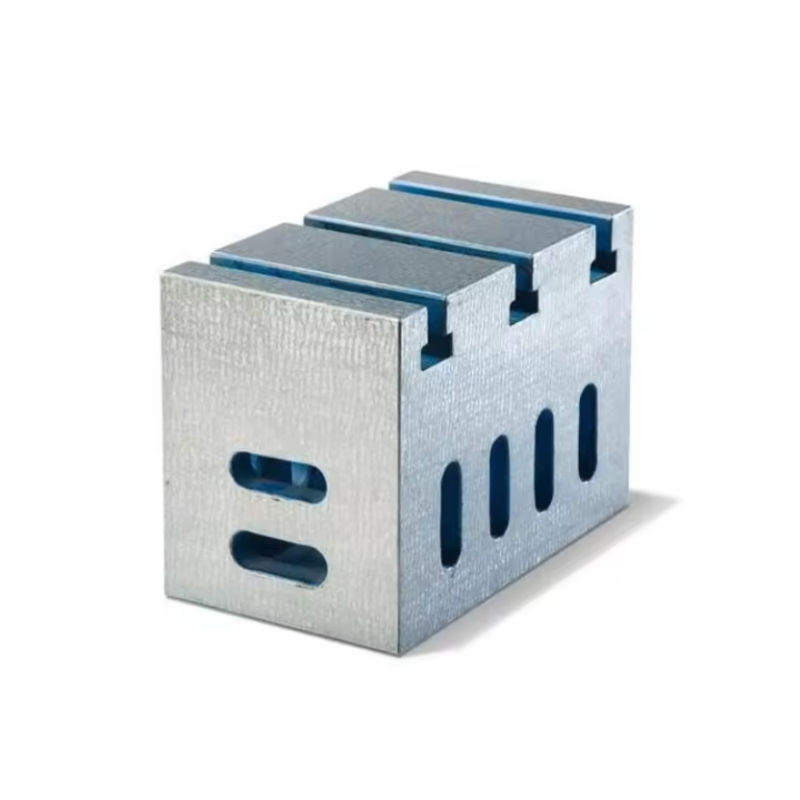Nov . 26, 2024 04:09 Back to list
Understanding How to Read a Dial Bore Gauge for Accurate Measurements
Reading a Dial Bore Gauge A Comprehensive Guide
When it comes to precision measurement in mechanical engineering, the dial bore gauge is an essential tool. This handy device is primarily used to measure the internal diameter of holes with great accuracy. Whether you're working in a machine shop, an assembly line, or performing quality control checks, understanding how to read and utilize a dial bore gauge is crucial for ensuring that components meet specified tolerances. In this article, we will discuss the components of the dial bore gauge, how to read it accurately, and some tips for effective measurement.
Components of a Dial Bore Gauge
A dial bore gauge consists of several key components
1. Measuring Head This is where the actual measurement takes place. It typically has a set of interchangeable tips to accommodate different hole diameters.
2. Extension Rod This connects the measuring head to the dial indicator. It's usually made of a sturdy material that maintains rigidity during measurement.
3. Dial Indicator This component displays the measurement. It has a graduated dial that shows the distance traveled by the measuring head as it is inserted into the bore.
4. Adjustable Contact Points These are the tips that make contact with the inner surface of the bore. They can be adjusted to measure different diameters.
5. Locking Mechanism After taking a measurement, a locking mechanism may be used to retain the reading for easier viewing.
Understanding these components is crucial not only for effective measurement but also for proper maintenance of the gauge
.How to Read a Dial Bore Gauge
Reading a dial bore gauge accurately involves a few systematic steps
reading a dial bore gauge

1. Preparation Before taking any measurements, ensure that the gauge is clean and in good working order. If there are any residual oils, dirt, or debris on the measuring tips, clean them thoroughly to avoid inaccurate readings.
2. Setting the Gauge Insert the measuring head into the bore you intend to measure. Move the gauge slowly to avoid damaging the measuring tips. When you reach the point where the tips make contact with the bore's surface, note that the pointer on the dial will move.
3. Taking the Measurement The dial indicator will show a reading based on the movement of the measuring head. Make sure to take the gauge out slowly to avoid bouncing or jarring that might affect the reading. Note that the needle’s position will indicate how much the bore is either above or below the nominal specifications.
4. Interpreting the Reading The dial will typically have gradations, usually in thousandths of an inch or millimeters. Each full rotation of the needle represents a specific measurement increment. Be careful to read the value both from the dial and from any additional markings, if present. Some gauges also have a micrometer feature for more precise readings.
5. Verification After obtaining a measurement, it’s good practice to verify the results by taking multiple readings at different angles and positions within the bore. This helps to account for any irregularities in the hole’s shape.
Tips for Effective Measurement
- Handle with Care Always handle your gauge delicately to maintain its calibration. Avoid dropping it or exposing it to extreme temperatures, which could affect its accuracy.
- Calibration Regularly calibrate your dial bore gauge according to the manufacturer's specifications. This helps ensure consistent and reliable measurements.
- Practice If you're new to using a dial bore gauge, practice on known dimensions to build confidence and accuracy in your readings.
- Documentation Record each measurement for quality control purposes and future reference.
In conclusion, mastering the use of a dial bore gauge is an invaluable skill in any engineering or machining setting. With attention to detail and consistent practice, you can ensure precise measurements that will improve the quality of your work and meet the high standards of professional manufacturing. By following the guidelines laid out in this article, you can confidently wield this essential tool and enhance your technical capabilities.
-
Why Metric Trapezoidal Thread is Ideal for Precision Motion ControlNewsAug.05,2025
-
The Unique Properties of a Block of Granite for Industrial UseNewsAug.05,2025
-
The Role of Flanged Y Strainers in Preventing Pipeline ClogsNewsAug.05,2025
-
The Importance of Regular Calibration for Master Ring GagesNewsAug.05,2025
-
How a Cast Iron Surface Table Enhances Accuracy in ManufacturingNewsAug.05,2025
-
Comparing Different Check Valve Types for Optimal Flow ControlNewsAug.05,2025
Related PRODUCTS









